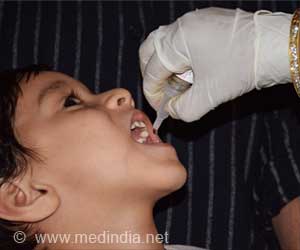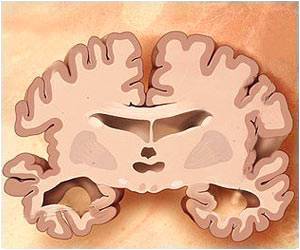
Mark D. Schwartz, M.D., of the New York University School of Medicine, and colleagues examined data collected during two previous national studies of senior medical students that addressed student characteristics, specialties chosen and perceptions of internal medicine among other questions. The 1990 survey included 1,244 students at 16 schools and the 2007 survey included 1,177 students at 11 schools.
The two groups of students were of similar age, marital status and parental status. Compared with the 1990 survey group, the 2007 survey group included more women (52 percent vs. 37 percent) and students reporting more educational debt, with an average of $101,000 compared with $63,000 in 1990.
The proportion of students planning careers in internal medicine (combining all types of internal medicine including subspecialty and medicine-pediatrics) was similar in 1990 and 2007 (24 percent and 23 percent respectively); however, the percentage of students planning general internal medicine training declined from 9 percent in 1990 to 2 percent in 2007.
Additionally, the appeal of being a primary care physician as an influence toward internal medicine declined from 57 percent in 1990 to 33 percent in 2007. Although most students in both cohorts were attracted toward careers in internal medicine by the "esteem" offered by the specialty (68 percent of students in 1990 and 82 percent in 2007), some students were less attracted to internal medicine by the "types of patients cared for by internists." Students in 1990 and in 2007 also felt that workload and stress are greater in internal medicine that in other fields.
"To rebuild the generalist physician workforce, improving students' experience of internal medicine in medical school is no longer sufficient," the authors conclude. "Bolder reform will be required to improve the educational pipeline, practice and payment of generalist internal medicine physicians."
Advertisement









